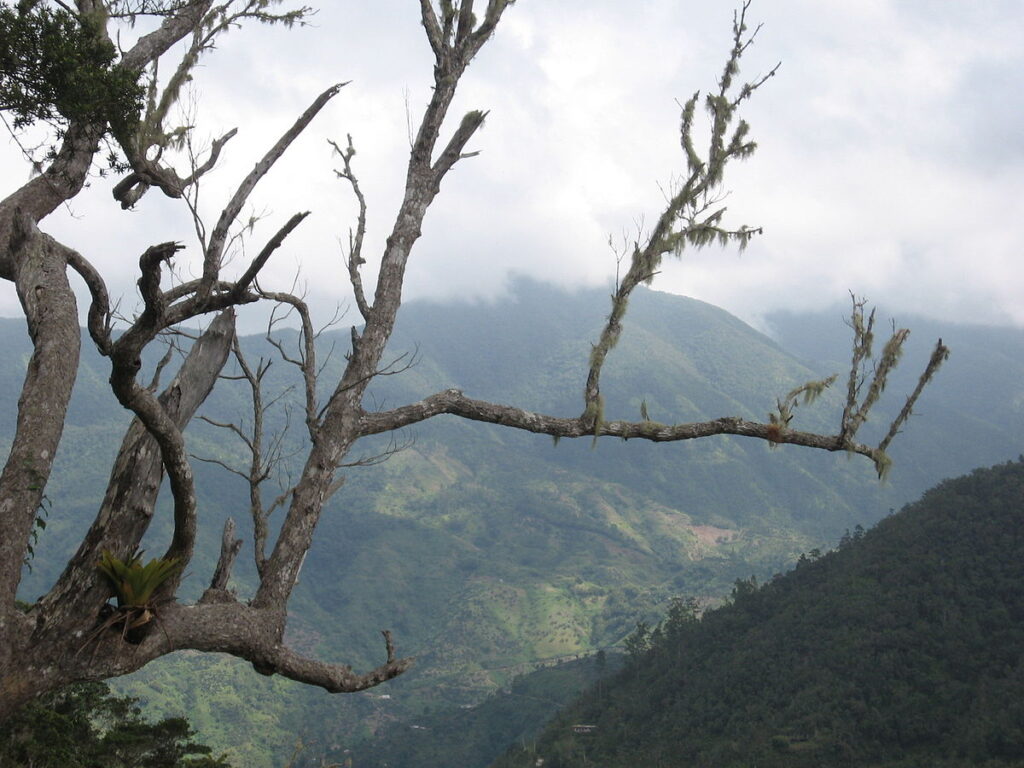(In which I take the list of West Indian plants, well, seed plants to be exact, and pull up one at random, just to see what happens)

I am wondering how often it will happen, in picking a random plant, that I get one about which there is little to say. Perhaps often, and that’s an important result in its own right. Rynchospora jamaicensis is a cyperaceae, or a sedge, or the Jamaican beak-sedge, which is endemic to Jamaica and was first noticed by the botanical sciences in 1914.
I know. It’s exciting stuff right? People who aren’t botanists don’t find much to say about sedges, though most of us recognise them perfectly well. They’re visually distinctive and quite tactile, with their wiriness and those little tufts clinging vertiginously to their stalks. They really mean something too, because we remember them in association with particular places. In the British Isles, those places are mournful and bitter, dark swamps, marshes and bogs, the kinds of places where grass rots and the soil is so poor that not a few of the plants eat insects instead. I have a thing for the earliest surviving poems in the English language, and the one attached to the rune ᛉ captures the spirit.
Eolh-secg eard hæfþ | oftost on fenne,
weaxe on wætere, | wundaþ grimme,
blóde breneð | beorna gehwilcne
þe him ænigne | onfeng gedéð
Elk-sedge a home hath | oftest in a fen
waxes in water | woundeth grim,
blood it brings | on men whichever
who in anyway | dares to grasp
The West Indies also has its share of morasses and swamps, and an ample supply of sedges growing in them, although I gather the Jamaican beak-sedge is a plant of the damp edges of higher altitude forests. The little I know about the morasses comes indirectly, through the secondary literature on Lincoln, an 18th century slave living near Savanna-la-Mar. Lincoln rather specialised in shooting and fishing, rather in the nearby morasses than in the forests, sometimes with his owner, Thomas Thistlewood and often on his own. In his journals Thistlewood describes the area as
“… a rich open morass, great part of which in the dry season is good pasturage; it affords fish of various sorts, more especially mudfish, also crabs, and in the season plenty of wild fowl.”
Quoted in Burnard, T. 2004. Mastery, Tyranny, and Desire: Thomas Thistlewood and His Slaves in the Anglo-Jamaican World. University of Carolina Press. Kindle version, location 201.
The fowls and fish Lincoln caught were necessary food for the pen’s residents, if not, the money from selling them was welcome. Not surprisingly (to Thistlewood’s certain suspicions), Lincoln often sold the game and fish on his own account. It seems morasses might also harbour runaway slaves, no doubt on account of their wildness and their ability to provide food, but their isolation also made them locations in which murder was a possibility and a hazard.
These days, the morasses themselves are threatened by development. Even those that haven’t been swallowed up by history may have swallowed their history up. Swamps tend to do that, so it will be interesting to find out. However, there are bird-watching safaris and wildlife trips on the survivors, especially the Negril Great Morass.
